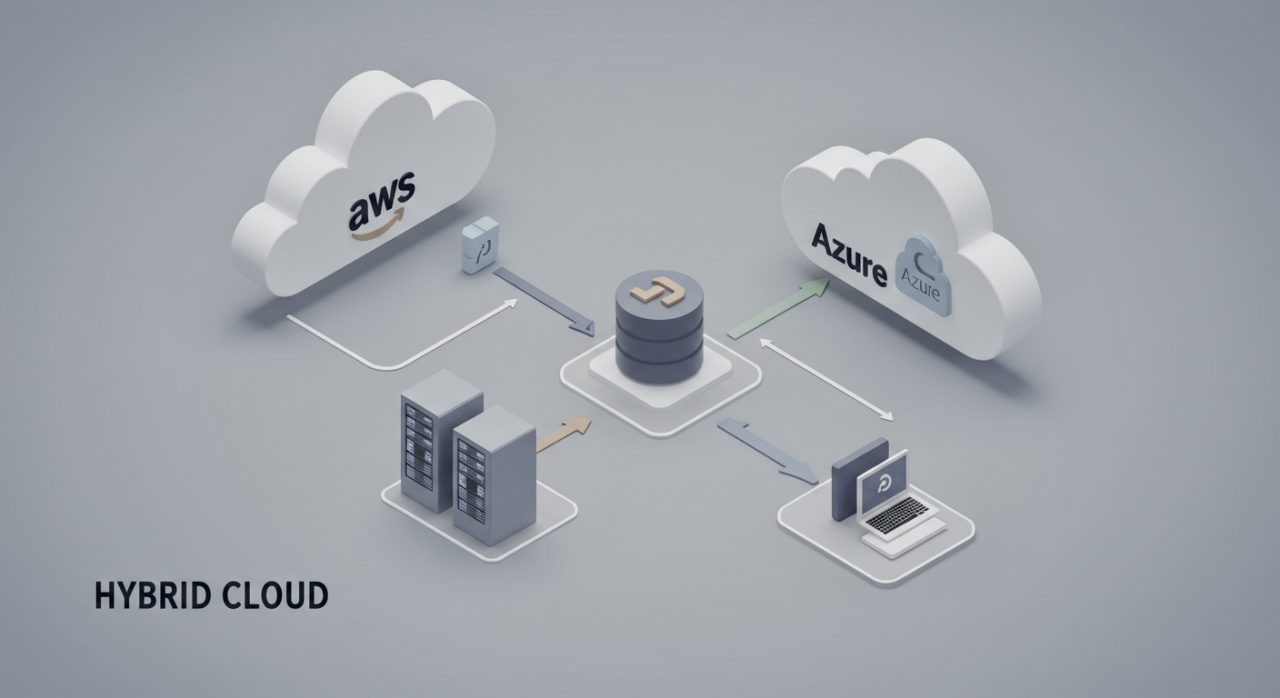One of our global financial services customer, faced significant challenges with their legacy infrastructure. Their existing on-premises systems were becoming increasingly difficult to maintain, scale, and secure.
Project Objectives
- Migrate complex financial systems to cloud infrastructure: The migration needed to be seamless, with minimal disruption to ongoing operations.
- Ensure zero downtime during migration: Given the critical nature of financial services, any downtime could result in significant financial losses.
- Implement robust security and compliance measures: The cloud infrastructure needed to comply with financial regulations such as PCI DSS and GDPR.
- Optimize cost and performance: The migration should not only improve performance but also reduce operational costs.
- Enable future scalability and innovation: The new infrastructure should be capable of scaling to meet future demands and support innovative financial products.
Migration Strategy
Compute Culture developed a phased, risk-mitigated cloud migration approach:
- Comprehensive infrastructure assessment: We conducted a thorough assessment of the existing infrastructure to identify dependencies and potential risks.
- Application dependency mapping: We mapped out the dependencies between various applications to ensure a smooth migration.
- Containerization of legacy applications: We containerized legacy applications using Docker to make them cloud-ready.
- Incremental migration with rollback capabilities: We migrated applications in phases, with the ability to roll back in case of issues.
- Continuous performance monitoring: We implemented advanced monitoring tools to track performance and identify issues in real-time.
Technical Implementation
- Cloud Platform: Hybrid Azure and AWS strategy to leverage the strengths of both platforms.
- Containerization: Docker and Kubernetes for container orchestration and management.
- Migration Tools: Custom-developed migration scripts to automate the migration process.
- Monitoring: Advanced observability stack including Prometheus, Grafana, and ELK Stack for real-time monitoring and logging.
- Security: Zero-trust network architecture with end-to-end encryption and continuous threat detection.
Project Outcomes
- 50% reduction in infrastructure costs: The cloud migration led to significant cost savings by optimizing resource utilization.
- 99.99% system availability during migration: The phased approach and rollback capabilities ensured that there was no downtime during the migration.
- Enhanced disaster recovery capabilities: The cloud infrastructure provided robust disaster recovery options, ensuring business continuity.
- Improved scalability and global performance: The new infrastructure could scale to meet growing demands and provided better performance globally.

